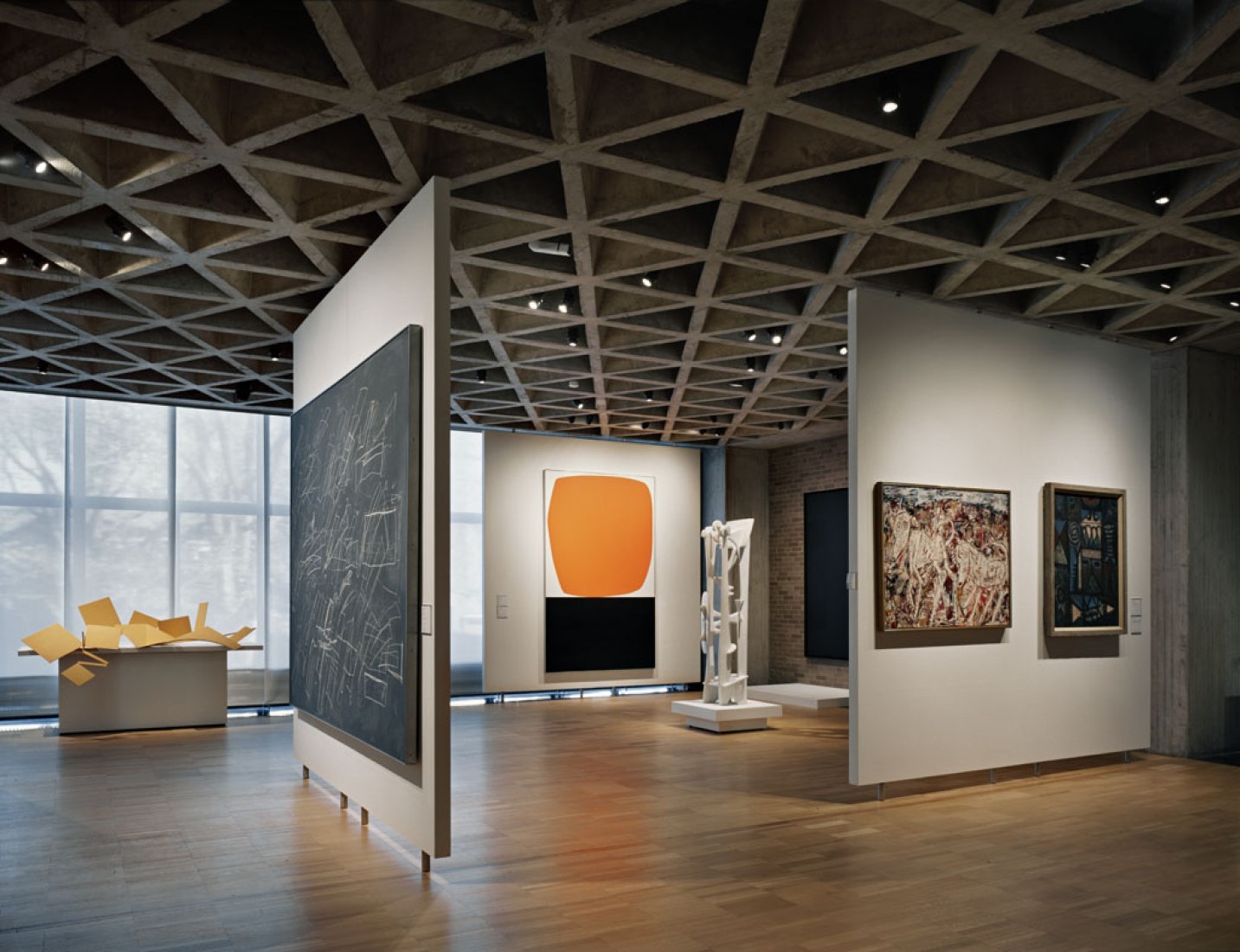
The Importance of Spacing in Interior Design
When it comes to interior design, one of the key elements that can make or break a space is the art and science of spacing. The way furniture, accessories, and other elements are arranged in a room can greatly impact its functionality, aesthetics, and overall atmosphere. In this article, we will explore the significance of spacing in interior design, delve into the principles behind it, and provide practical tips on how to create well-balanced and visually pleasing spaces.
The Psychology of Spacing
Before delving into the technical aspects of spacing, it is essential to understand the psychology behind it. Humans are naturally drawn to spaces that provide a sense of comfort, balance, and harmony. When a room is overcrowded or lacks sufficient breathing room, it can create feelings of claustrophobia and unease. On the other hand, when a room is too sparse or lacks cohesion, it can feel cold and unwelcoming.
By manipulating spacing in interior design, designers can influence the way people perceive and experience a space. Through careful consideration and application of spacing principles, designers can create environments that promote relaxation, productivity, and positive emotions.
The Principles of Spacing
There are several fundamental principles that guide the art and science of spacing in interior design. These principles help designers achieve balance, proportion, and visual harmony in a space. Let's explore some of the key principles:
- Proximity: The principle of proximity emphasizes the relationship between objects in a space. Objects that are related or meant to be perceived as a group should be placed close to each other. This helps create a visual connection and a sense of unity. For example, in a living room, grouping furniture pieces together can create a cozy and inviting atmosphere.
- Scale and Proportion: Scale and proportion play a crucial role in creating a well-balanced space. Objects should be appropriately sized in relation to the room and other elements within it. Oversized furniture in a small room can make the space feel cramped, while undersized furniture in a large room can make it appear empty and uninviting. Finding the right balance is key to achieving visual harmony.
- Negative Space: Negative space, also known as white space or breathing room, refers to the areas of a room that are intentionally left empty. These vacant areas are equally important as the occupied ones, as they provide visual relief and allow the eye to rest. Incorporating negative space in design helps prevent a room from feeling cluttered and overwhelming.
- Alignment: Alignment refers to the arrangement of objects along a visual axis. Objects that are aligned create a sense of order and stability. Whether it's aligning furniture along a wall or arranging accessories on a shelf, paying attention to alignment helps create a visually pleasing and organized space.
- Rhythm and Repetition: Rhythm and repetition are powerful tools in interior design. By repeating certain elements, such as colors, patterns, or shapes, designers can create a sense of rhythm and visual continuity. This can help guide the eye and create a cohesive and harmonious space.





Applying Spacing Principles in Interior Design
Now that we have explored the principles behind spacing in interior design, let's delve into practical tips for applying these principles in your own space:
- Start with a Plan: Before rearranging furniture or adding new elements to a room, it's essential to have a plan in place. Consider the function of the space, the desired atmosphere, and the existing elements that need to be incorporated. Creating a floor plan or a mood board can help visualize the final result.
- Consider Traffic Flow: When arranging furniture, it's crucial to consider the flow of movement within a space. Ensure that there is sufficient space for people to navigate comfortably without obstacles. This is especially important in high-traffic areas such as hallways and living rooms.
- Create Focal Points: Focal points are key elements in a room that draw attention and anchor the design. Whether it's a fireplace, a piece of artwork, or a statement furniture piece, creating focal points helps give a sense of purpose and direction to a space. Arrange furniture and accessories around these focal points to enhance their impact.
- Balance Open and Closed Storage: Storage is an essential aspect of interior design, but it can also impact spacing. Balancing open and closed storage options can help maintain a sense of openness while providing necessary functionality. Open shelves can display curated objects while closed cabinets can hide clutter.
- Experiment with Different Layouts: Don't be afraid to experiment with different furniture arrangements and layouts. Sometimes, a small change in positioning can completely transform the look and feel of a space. Keep an open mind and be willing to try out different options until you find the perfect arrangement.





The Future of Spacing in Interior Design
As interior design continues to evolve, so does the concept of spacing. With advancements in technology and changing lifestyles, designers are constantly finding new ways to optimize space and enhance the user experience. From multifunctional furniture pieces to smart storage solutions, the future of spacing in interior design is all about maximizing efficiency and flexibility.
Additionally, the ongoing COVID-19 pandemic has also influenced the way we think about spacing in interior design. With the need for social distancing and increased emphasis on hygiene, designers are reimagining spaces to accommodate these new requirements. From the layout of public spaces to the design of home offices, spacing considerations have taken on a whole new level of importance.
Summary
Spacing is a critical aspect of interior design that can greatly impact the functionality, aesthetics, and overall atmosphere of a space. By understanding the psychology behind spacing and applying principles such as proximity, scale and proportion, negative space, alignment, and rhythm and repetition, designers can create well-balanced and visually pleasing spaces. Practical tips for applying these principles include starting with a plan, considering traffic flow, creating focal points, balancing open and closed storage, and experimenting with different layouts. The future of spacing in interior design is focused on maximizing efficiency and flexibility, taking into account advancements in technology and changing lifestyles. The ongoing COVID-19 pandemic has also influenced the way designers approach spacing, with increased emphasis on social distancing and hygiene. By considering the art and science of spacing, designers can create spaces that not only look beautiful but also enhance the well-being and functionality of the people who inhabit them.